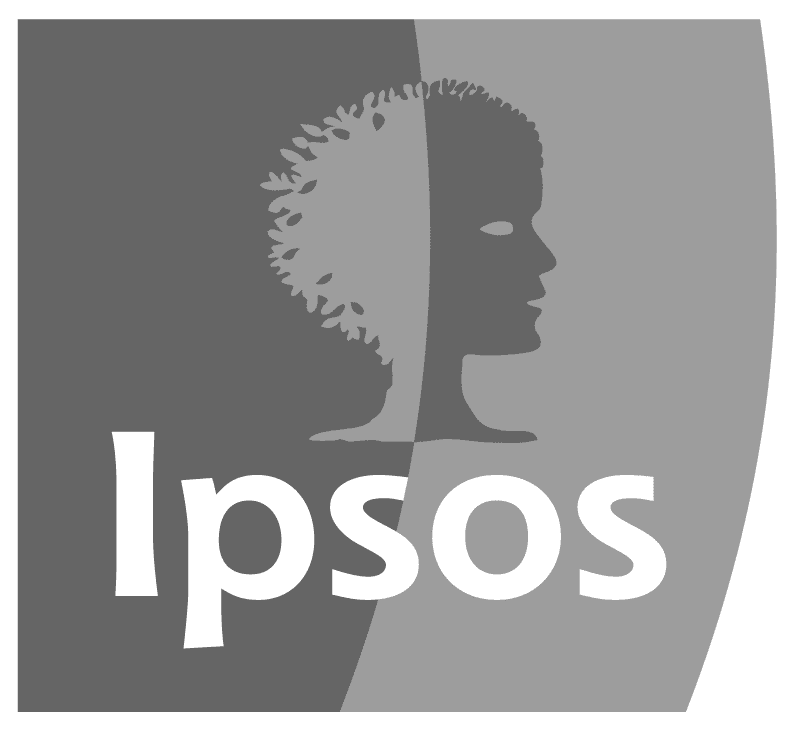Print readership
For all brands:
Average Issue Readership
Daily reach (only for newsbrands)
Weekly reach
Monthly reach
Read Past Year
Frequency of reading
The four PAMCo frequency codes (Almost Always, Quite Often, Occasionally, Less Often) will be published via the bureaux, but ‘Occasionally’ and ‘Less Often’ will continue to be merged and reported as ‘Only Occasionally’ in top line reports.
Probability of reading (High, Medium, Low) for newspaper supplements and in-paper sections
Engagement data
Source of copy
Time spent reading
Attitude statements
Topic/Sports/News Interest
A list of 48 different topics, including breakdowns for types of news and sport
Future plans
Seven activities planned for the next six months, including obtaining a new car and spending £1,000 or more on home improvements or furnishings
Five financial activities planned for the next six months, including changing bank or insurance provider Devices used to access the internet in past 30 days
Classification data
Age
Gender
Sexual Orientation
Social grade
Main shopper
Marital status
Qualifications
Terminal education age
Working status
Chief Income Earner
Income
Household composition and presence of children
Ethnic Origin
Disability
Government Office Region
MOSAIC
ACORN
Other media
TV
Cinema
Radio
Podcast
Internet usage






